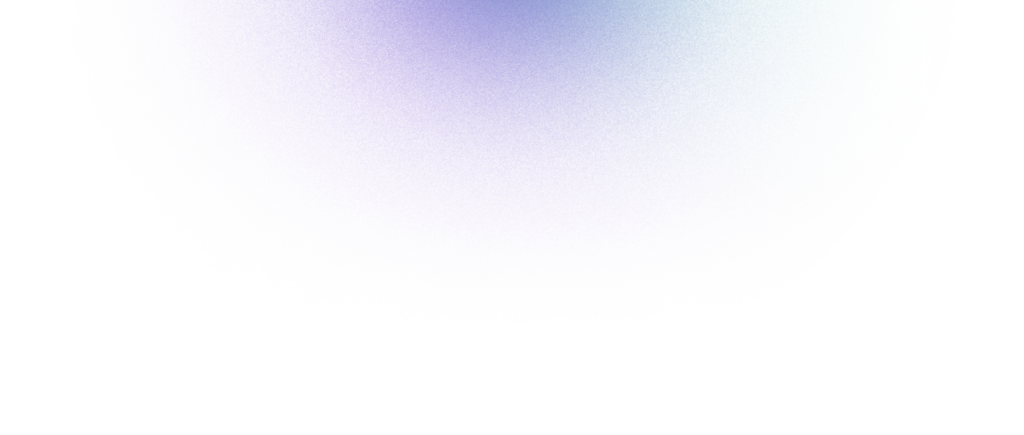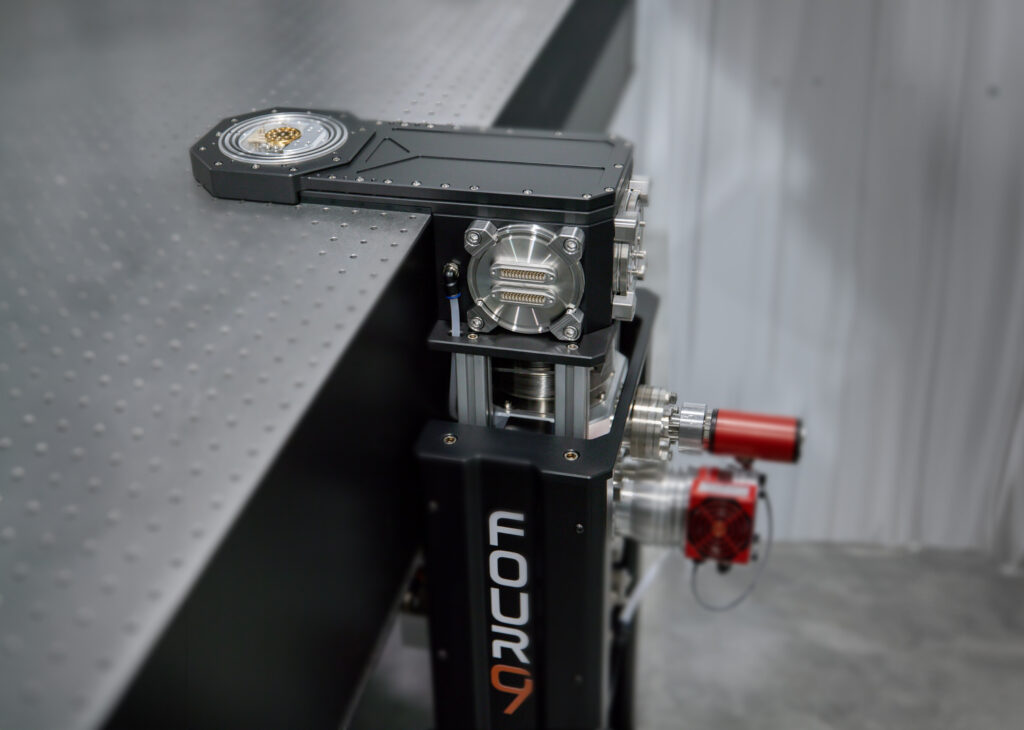

The famous 𝗻𝗺 𝗽𝗲𝗮𝗸 𝘁𝗼 𝗽𝗲𝗮𝗸 𝘀𝗽𝗲𝗰𝗶𝗳𝗶𝗰𝗮𝘁𝗶𝗼𝗻📏is the criterion most commonly used by manufacturers because it is easy to communicate and broadly understandable.
This displacement is the local resultant of surrounding energy sources, expressed in acceleration.
Acceleration and displacement are linked by vibration frequency:
x(ω)=a(ω) /(omega^2)
However, few scientists think to ask the crucial question:“𝗪𝗵𝗲𝗿𝗲 𝗶𝘀 𝘁𝗵𝗶𝘀 𝗱𝗶𝘀𝗽𝗹𝗮𝗰𝗲𝗺𝗲𝗻𝘁 𝘃𝗮𝗹𝘂𝗲 𝗮𝗰𝘁𝘂𝗮𝗹𝗹𝘆 𝘀𝗽𝗲𝗰𝗶𝗳𝗶𝗲𝗱”⁉️
The answer, hidden away on page 72 of the manual, asterisked at the bottom of the page in font size 5, is: « 𝗗𝗶𝘀𝗽𝗹𝗮𝗰𝗲𝗺𝗲𝗻𝘁 𝗺𝗲𝗮𝘀𝘂𝗿𝗲𝗱 𝗮𝘁 𝗼𝘂𝗿 𝗰𝗼𝗹𝗱 𝗳𝗶𝗻𝗴𝗲𝗿 »
This is because on early optical cryostat architectures, the cryocooler was quite literally sitting on top of the optical table, while the acceleration it generates may be well damped at the sample holder, it is far less attenuated at other sensitive components on the optical table
Even if a cryostat supplier guarantees low-nm vibrations at the sample, the acceleration transmitted to the optical table can still impact other delicate elements:
🔷An ultra-stable optical cavity can be detuned by repeated micro-acceleration.
🔷CCD detectors (yes, trapped ion scientists, we’re talking about you) are often mounted on flexible arms or supports, which can enter into resonance.
🔷 Vertical acceleration (z) on a mirror can cause angle modulations, affecting the optical path.
Most scientists pay💲💲 for a high-quality vibration table to isolate their experiment from environmental noise sources.
Yet, in 99% of cases, the cryocooler is the largest mechanical noise source around. It is fundamentally backwards to put the noise source on top of the table you are trying to isolate. This energy is now quite literally isolated from leaving!
This is why most laboratories we go in that have a table-top system don’t float the table. Over time, users have found that they can achieve a net vibration performance improvement when the table is not floating and hard sitting on the support legs.
If you think about it, this make very good sense as it allows the mechanical energy from the cryocooler to be inertially sunk to the floor/earth instead of being isolated on top of the table.
This comes at a compromise:
1) the expensive table they paid for is not being used
2) environmental noise source can now exited on-table equipment
3) the net experimental vibration performance is not as good as they expected or planned
Four9 has recognized that scientists ultimately care about the vibrations of whole experimental hardware chain, even if they don’t always consider this factor when first selecting a cryostat.
The 𝗙𝗼𝘂𝗿𝟵 cryostat has the best of both worlds.
Low sample vibrations 𝗔𝗡𝗗 low energy on the optical table
𝗙𝗼𝘂𝗿𝟵 innovative approach moves the cryo-cooler off the table into a tower, which is call the SideKick, where the bulk of the energy is shunted into the floor of the lab.
By anchoring it to the floor, vibrations are dissipated in a massive, rigid structure, reducing disturbances on the table.
Result:
🔷𝗹𝗲𝘀𝘀 𝘃𝗶𝗯𝗿𝗮𝘁𝗶𝗼𝗻 𝗻𝗼𝗶𝘀𝗲 𝗼𝗻 𝘁𝗵𝗲 𝗼𝗽𝘁𝗶𝗰𝘀
🔷𝗧𝗵𝗲 𝗼𝗽𝘁𝗶𝗰𝗮𝗹 𝘁𝗮𝗯𝗹𝗲 𝗿𝗲𝘁𝗮𝗶𝗻𝘀 𝗶𝘁𝘀 𝗱𝗮𝗺𝗽𝗶𝗻𝗴 𝗽𝗿𝗼𝗽𝗲𝗿𝘁𝗶𝗲𝘀
Four9 is setting a new standard for optical cryostats, one that other manufacturers will inevitably have to follow—to the great benefit of experimental scientists.



